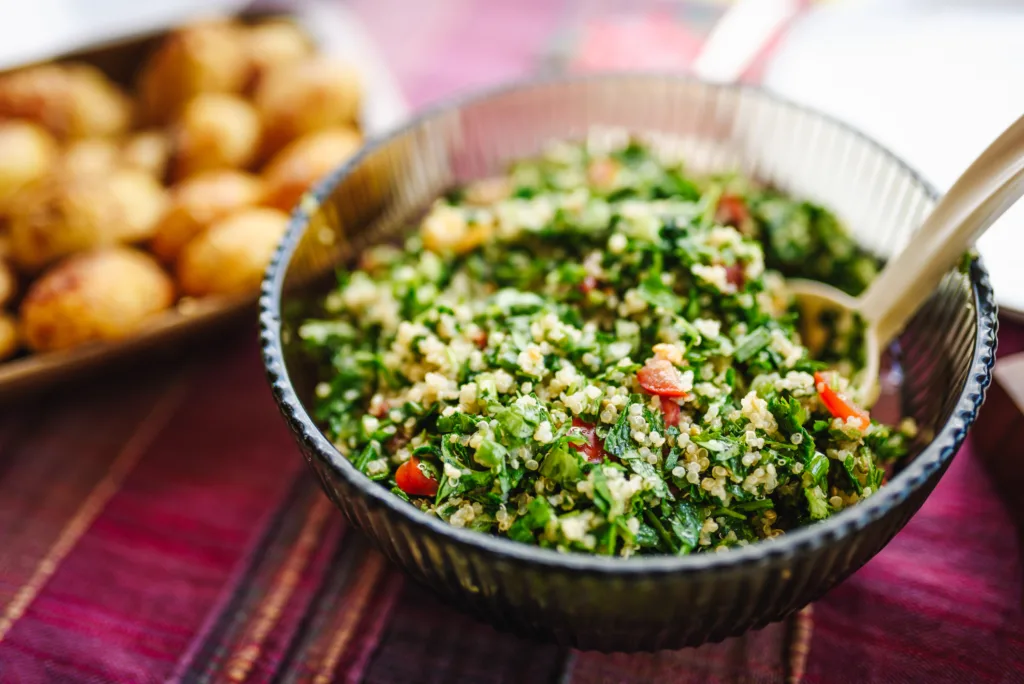
One of The World’s Best Foods For Weight Loss
Bulgur is a whole grain that often takes a back seat to quinoa, but did you know that bulgur contains resistant starch, nature’s fat-burning breakthrough?
What is Bulgur?
Bulgur is a quick-cooking whole grain made from cracked wheat that has been parboiled and dried. It’s known for its nutty flavor and chewy texture. This delicious grain is versatile and can be used in various dishes, such as tabbouleh, pilafs, and salads.
Nutrients
Bulgur is a nutrient-rich whole grain packed with fiber, protein, and various minerals and vitamins. It’s a good source of manganese, magnesium, iron, zinc, and copper. Additionally, bulgur provides B vitamins, including niacin and thiamine.
Why Bulgur is One of the Best Foods For Weight Loss
Bulgur is high in dietary fiber, which aids digestion, promotes satiety, and supports heart health. It is also a grain that naturally contains resistant starch.
Resistant starch is a type of starch that resists digestion in the small intestine and instead travels to the large intestine, where gut bacteria ferments it. This fermentation process can lead to various health benefits, including improved gut health and blood sugar regulation.
Resistant starch helps with weight loss due to its impact on satiety and gut health. I recommend eating this grain in the morning, like oatmeal. Just top it with some nuts for protein and maple syrup for sweetness. Eating resistant starch in the morning can have several positive effects, including increased feelings of fullness, improved blood sugar control, and benefits for gut health.
Other Key Nutrients
Iron: It is a source of iron, an essential mineral for oxygen transport in the body.
Magnesium: It contains magnesium, which is vital for nerve function, muscle contraction, and bone health
Manganese: A good source of manganese, an important trace mineral for various bodily functions.
Zinc: This mineral plays a role in wound healing and has a special relationship with immunity. Learn more about zinc and immunity on the Ordinary Vegan Podcast #84: Building T cells for Immunity.
Copper: Copper helps in energy production and iron absorption.
Phosphorus: Essential for bone and tooth formation.
B Vitamins:This delicious grain is rich B vitamins like niacin (B3), thiamine (B1), and folate
How To Cook Bulgur
This nutty, chewy, earth grain is a staple in Mediterranean diets. It is a whole grain made from hard red winter wheat berries. It is typically par-cooked, so bulgur doesn’t take much time to prepare. It’s usually ready in 12 to 22 minutes, depending on the coarseness. This grain comes in different coarseness levels. Either fine, medium or coarse. Fine bulgur is usually hard to find. I usually buy medium. It has a texture that’s still relatively quick cooking. I recommend following the directions on the package.
My Favorite Bulgur Recipe
My favorite recipe is a refreshing Middle Eastern salad, featuring finely chopped parsley, tomatoes, mint, bulgur wheat, and a lemon-olive oil dressing. You could also substitute bulgur into the following recipes like my Black Lentil Salad with Apples and Toasted Coconut or these yummy Southwestern Stuffed Peppers.
Tabbouleh Salad
Ingredients
Method
- In a large bowl, whisk together the olive oil, lemon juice, minced garlic, salt & pepper
- Add the cooked bulgur, tomatoes, cucumber mint, parsley, and green onions. Toss to combine. Season to taste. Refrigerate until ready to serve.


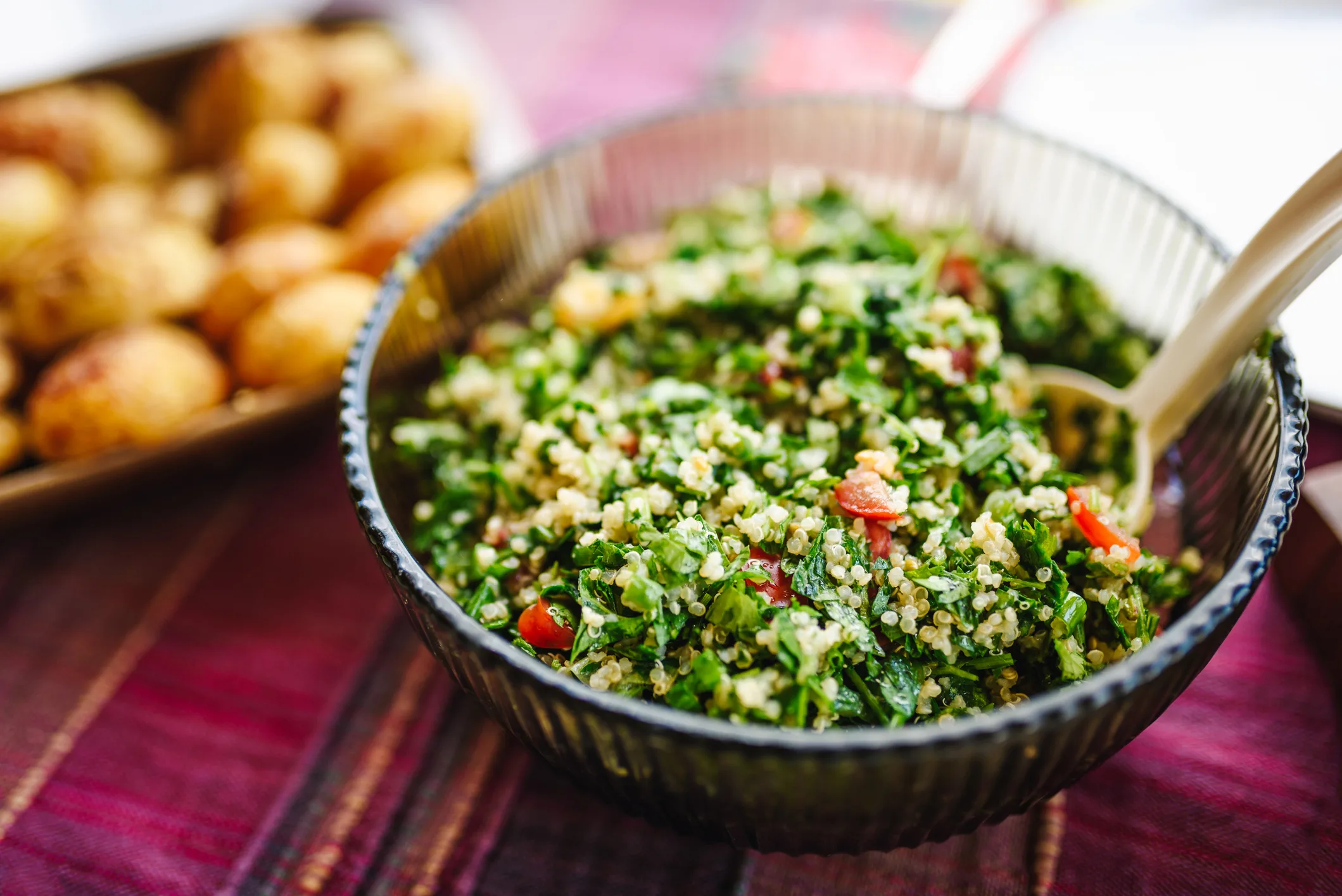

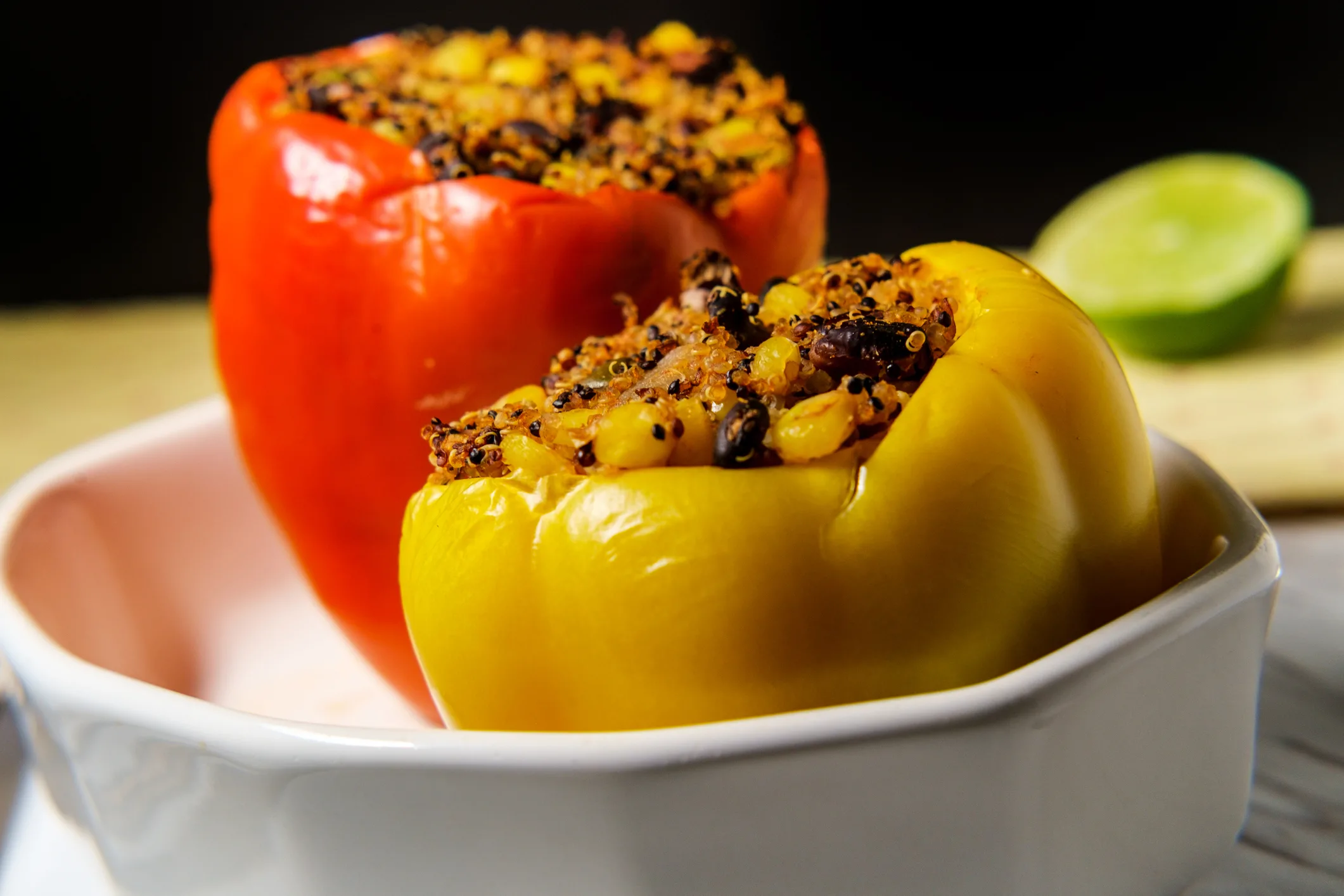
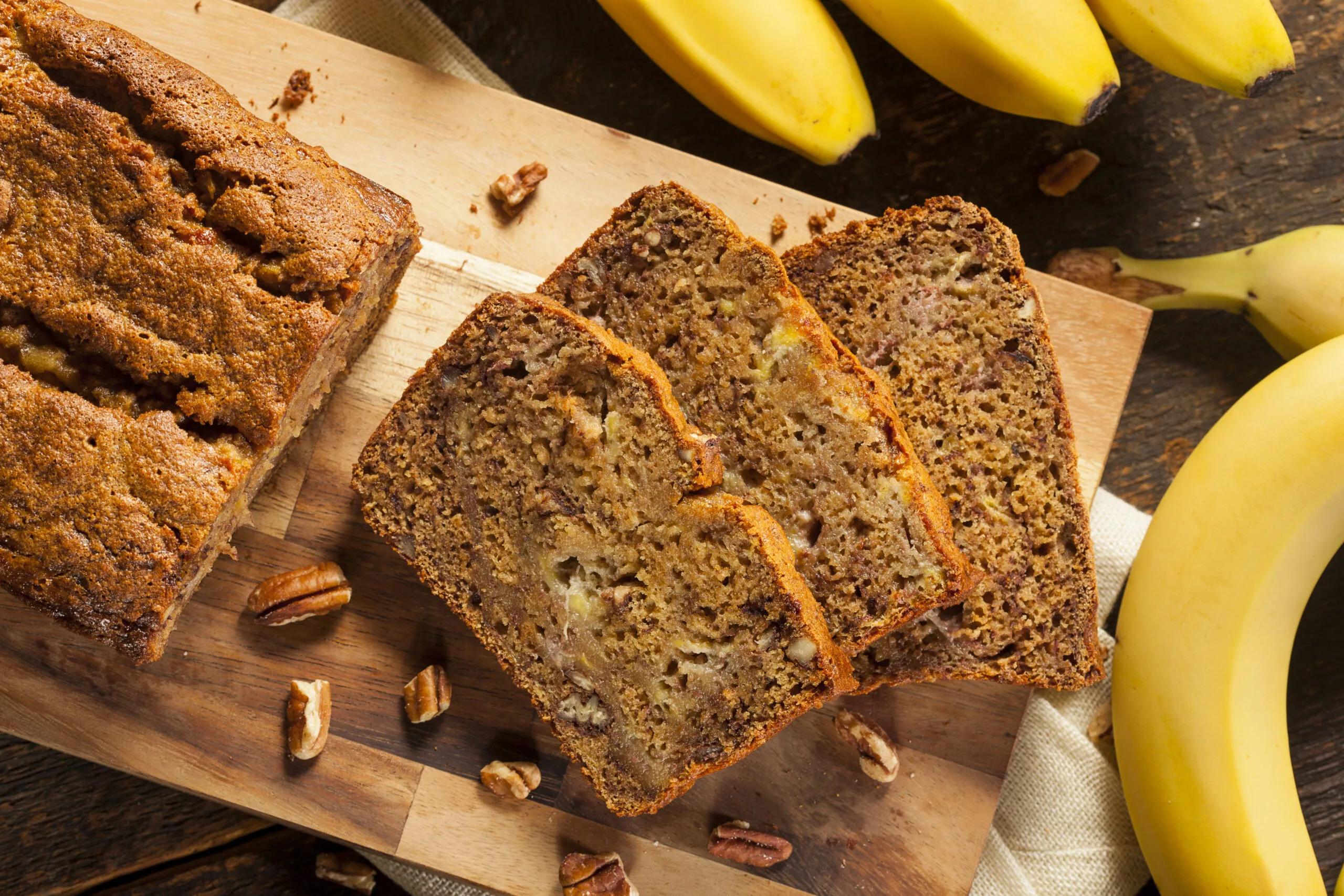




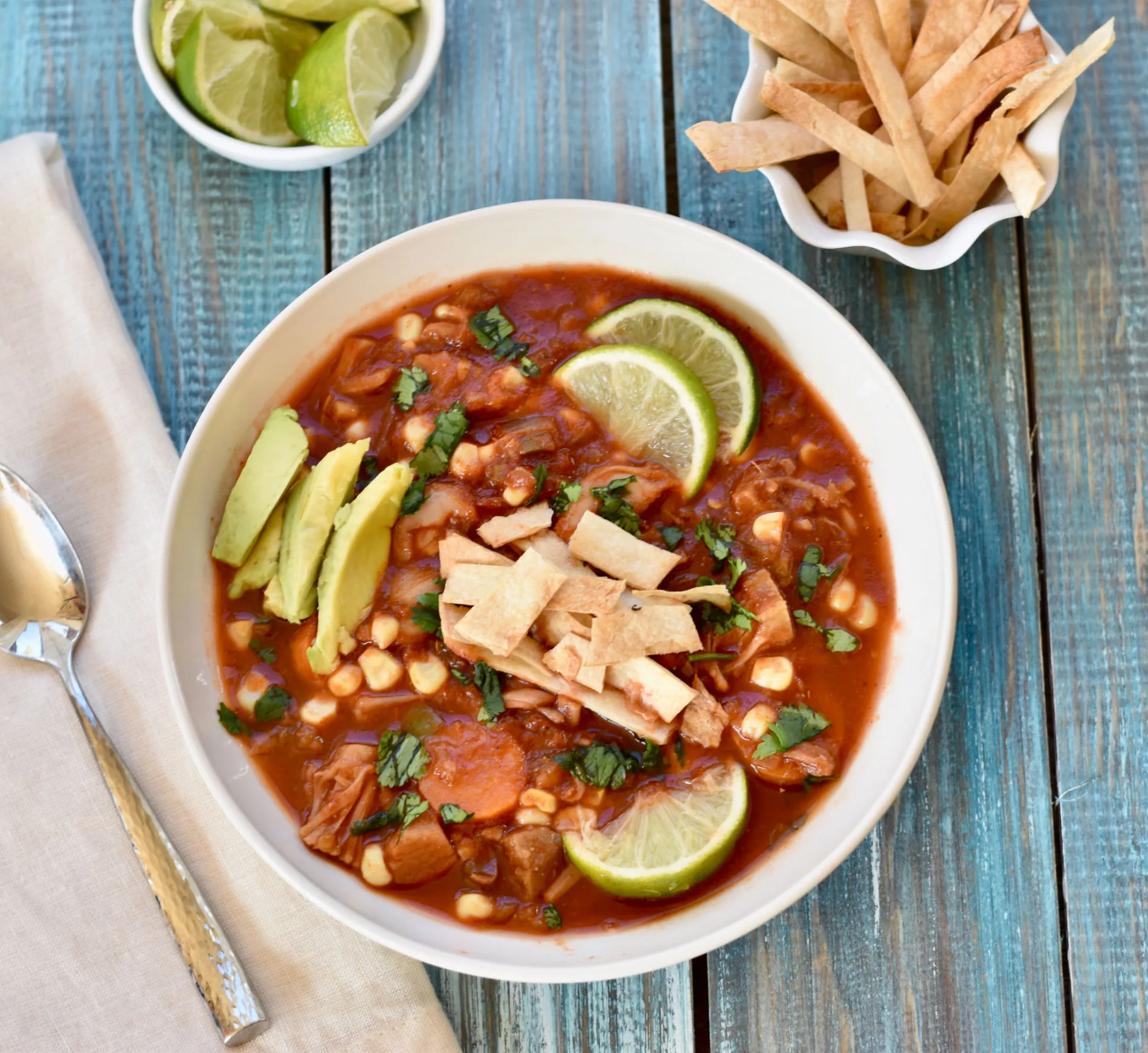
Leave a Reply